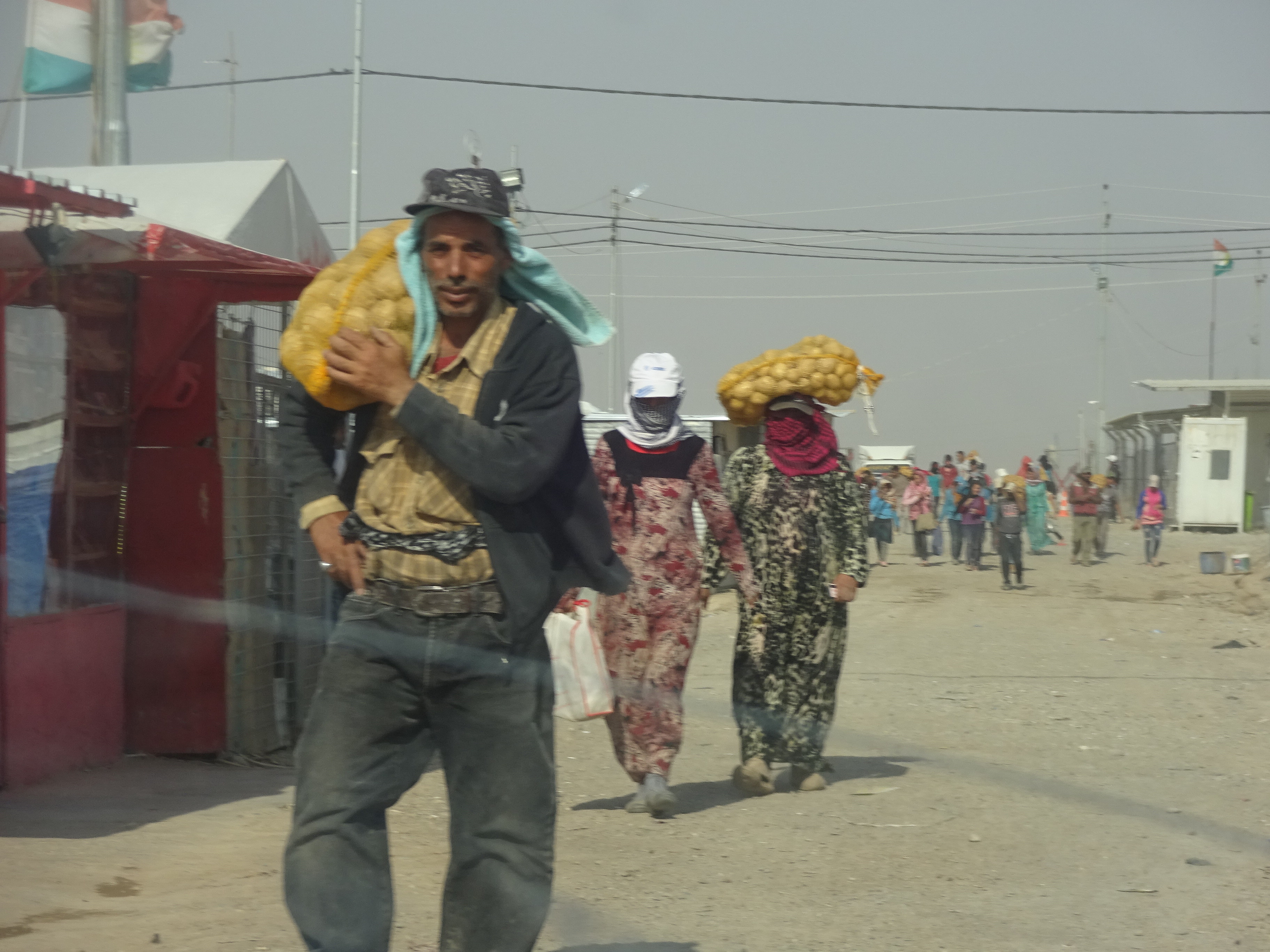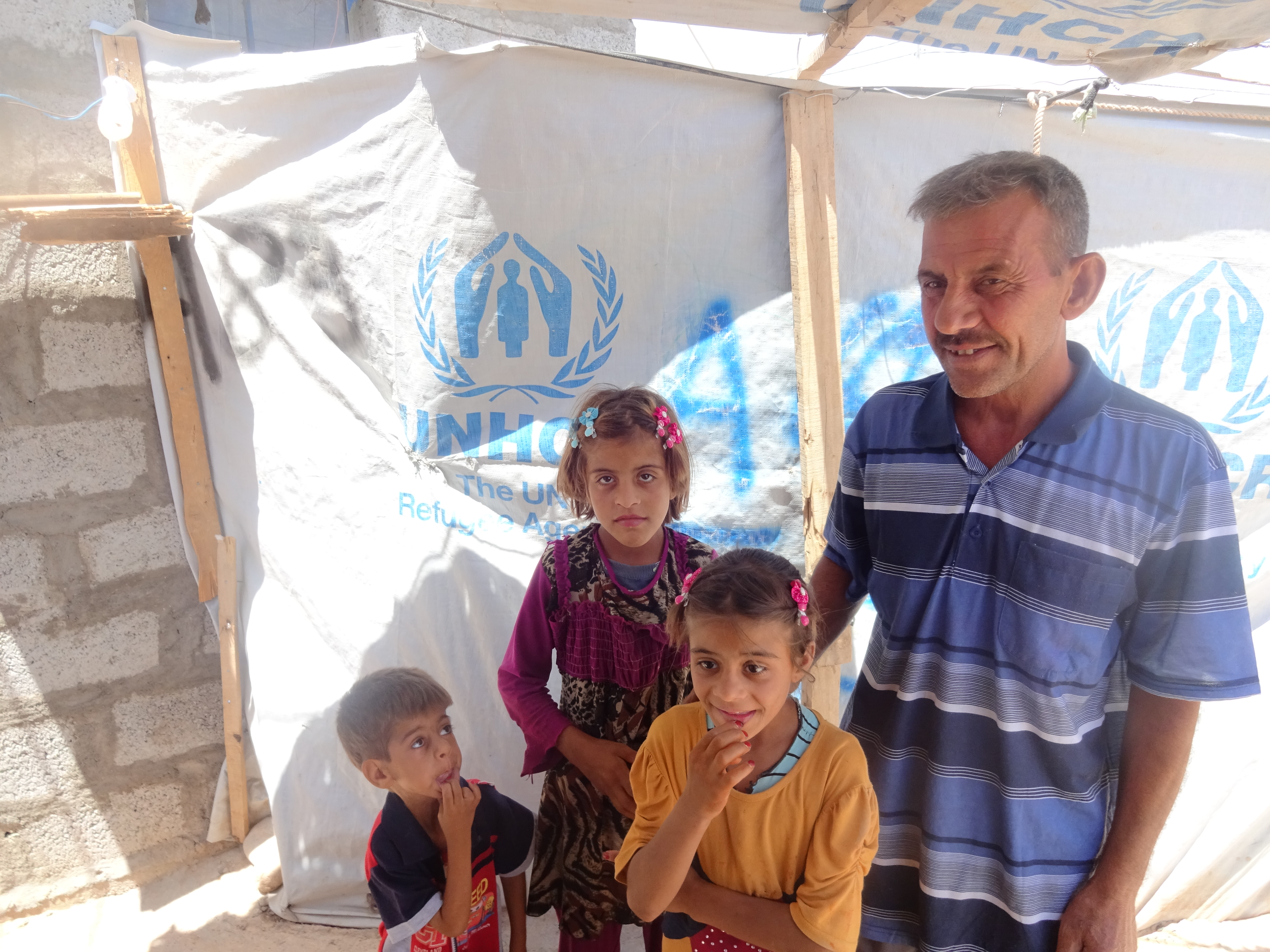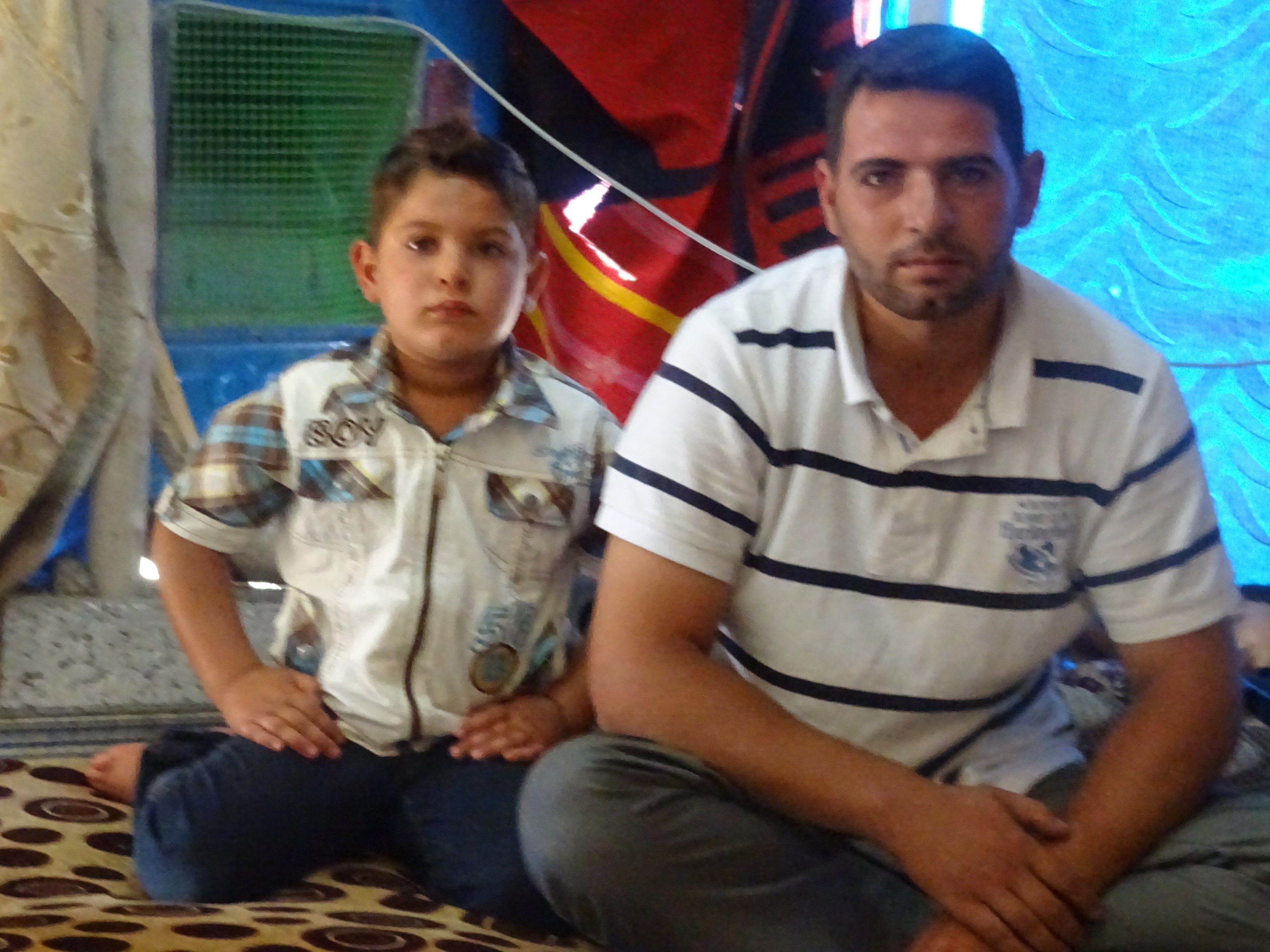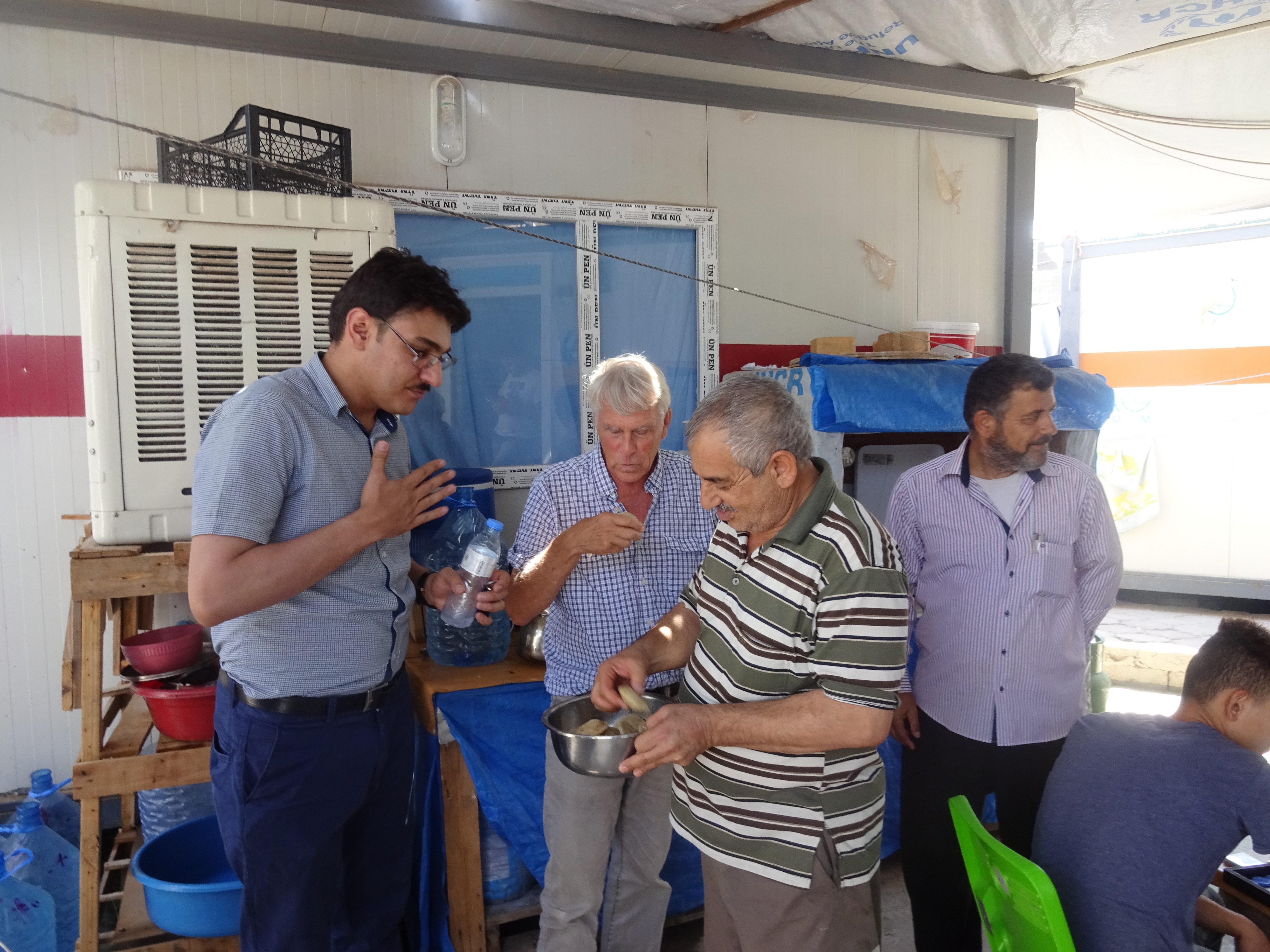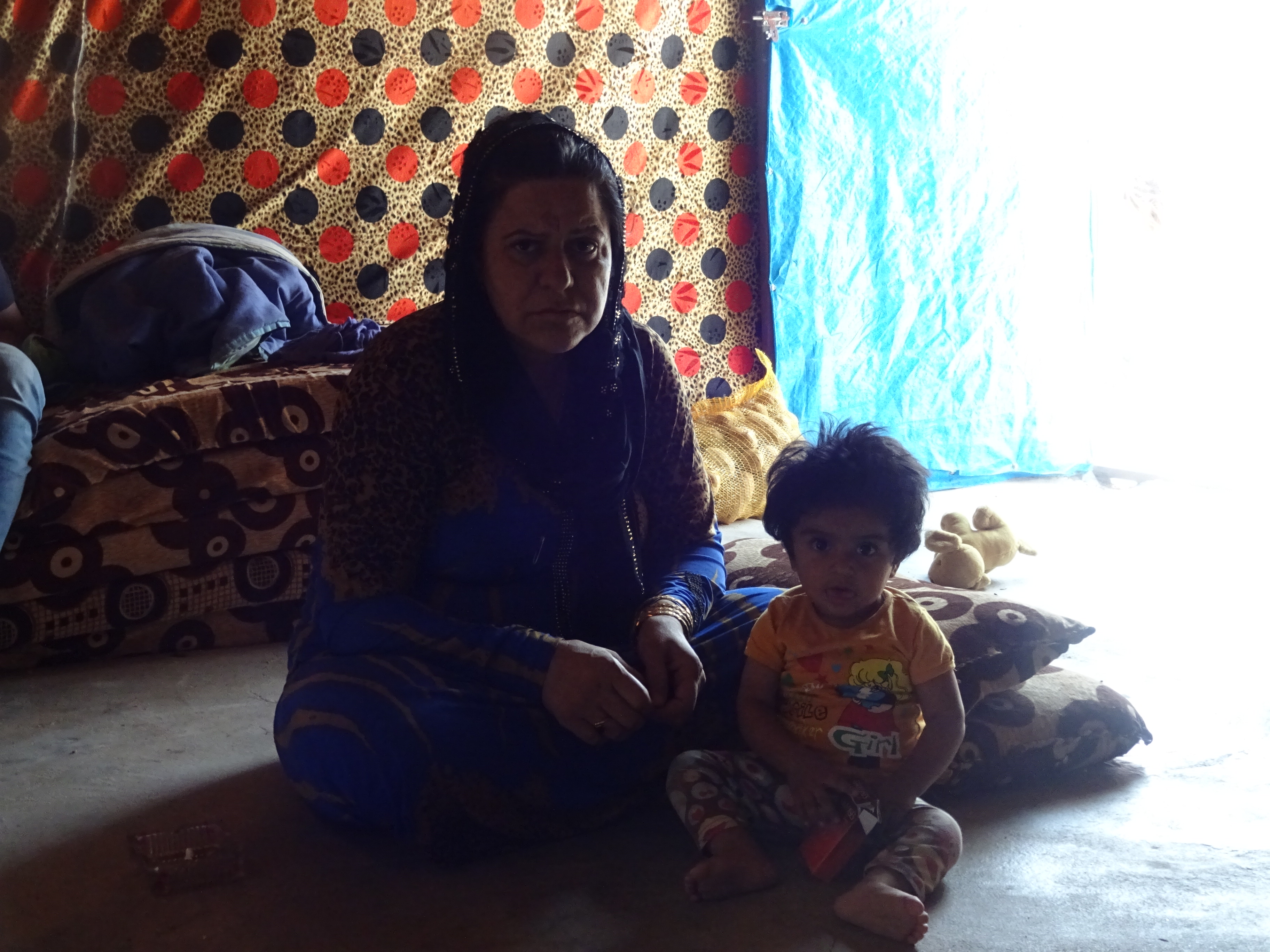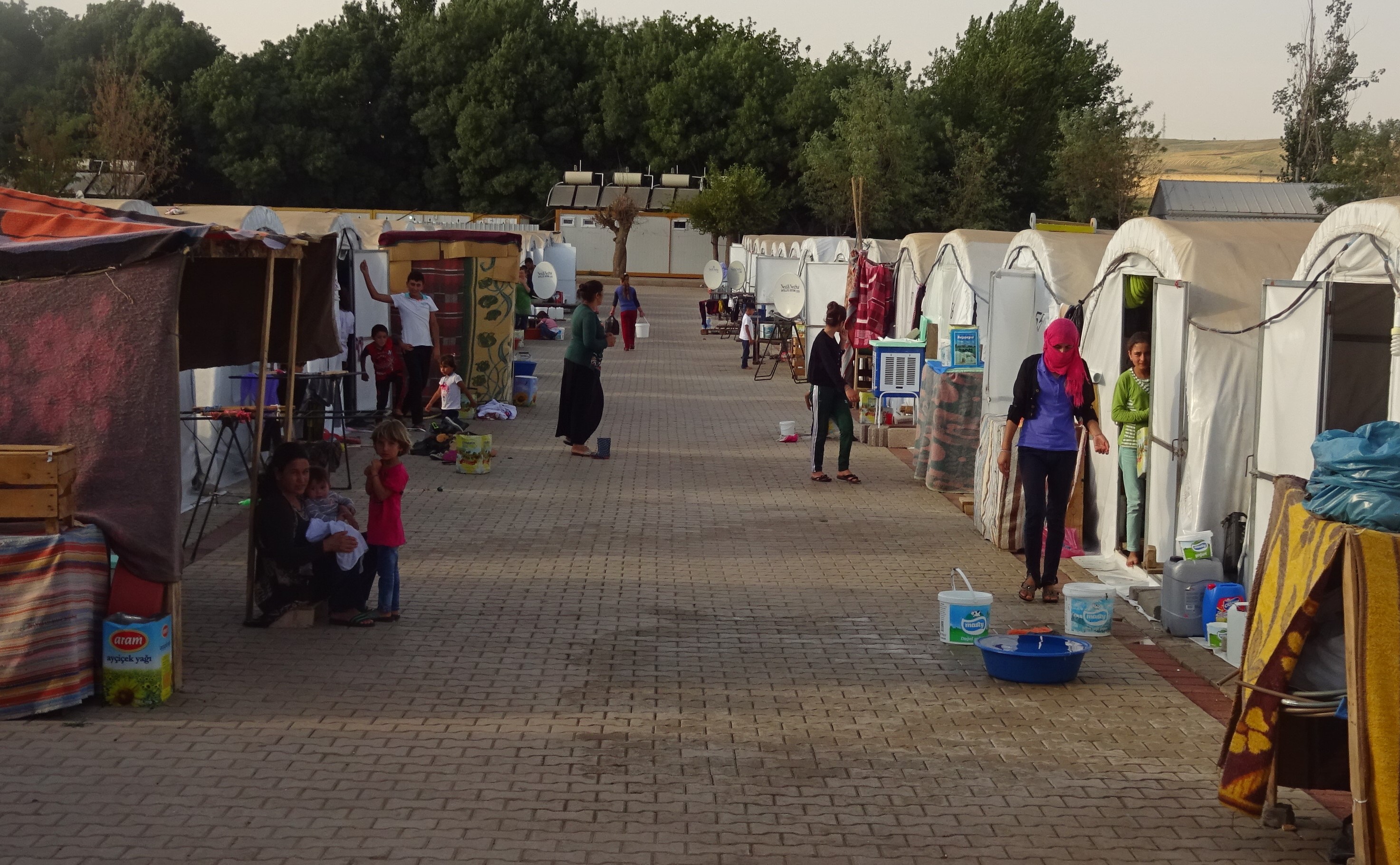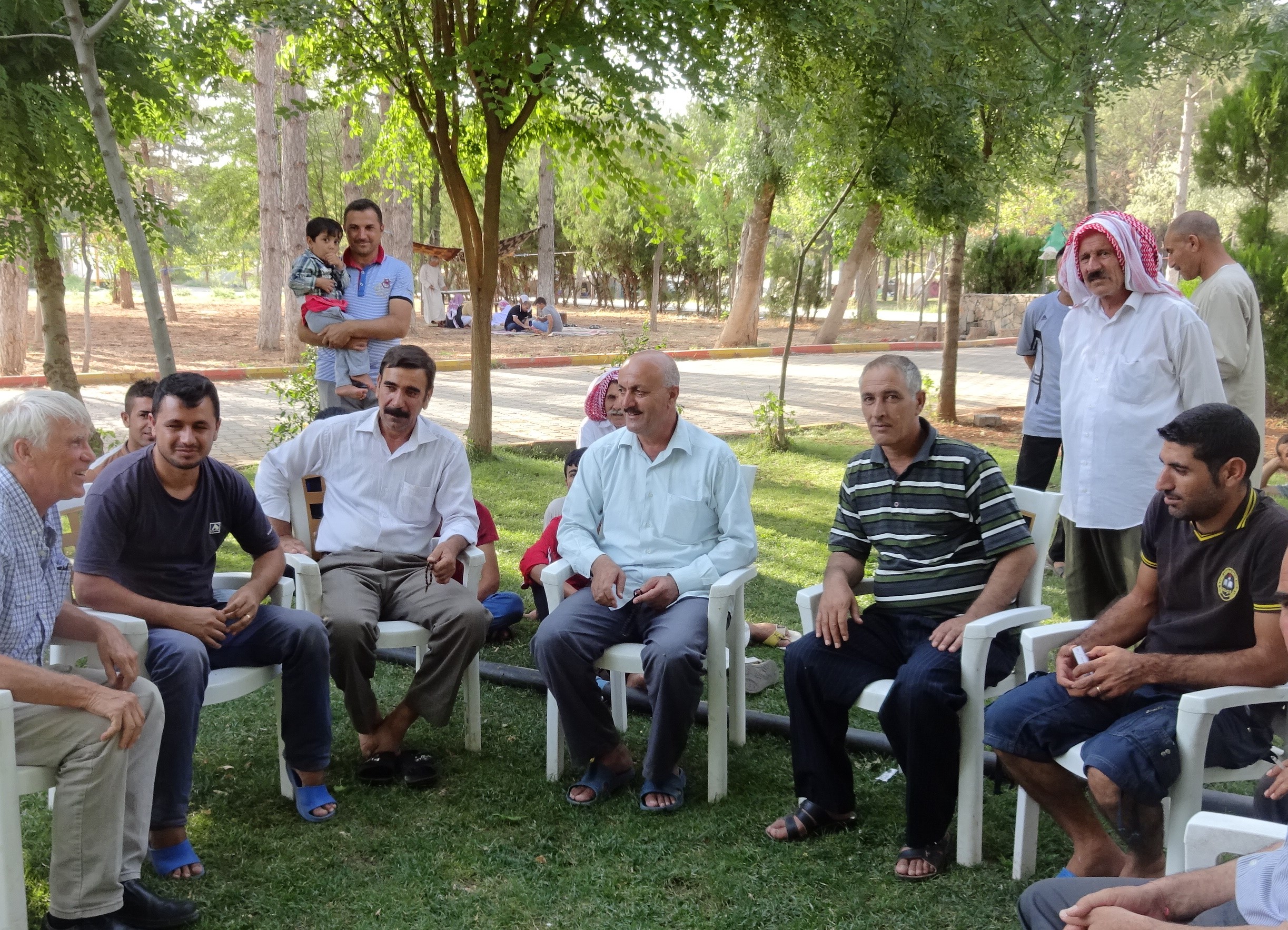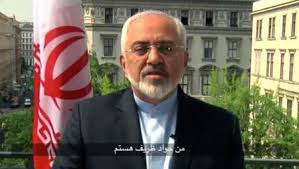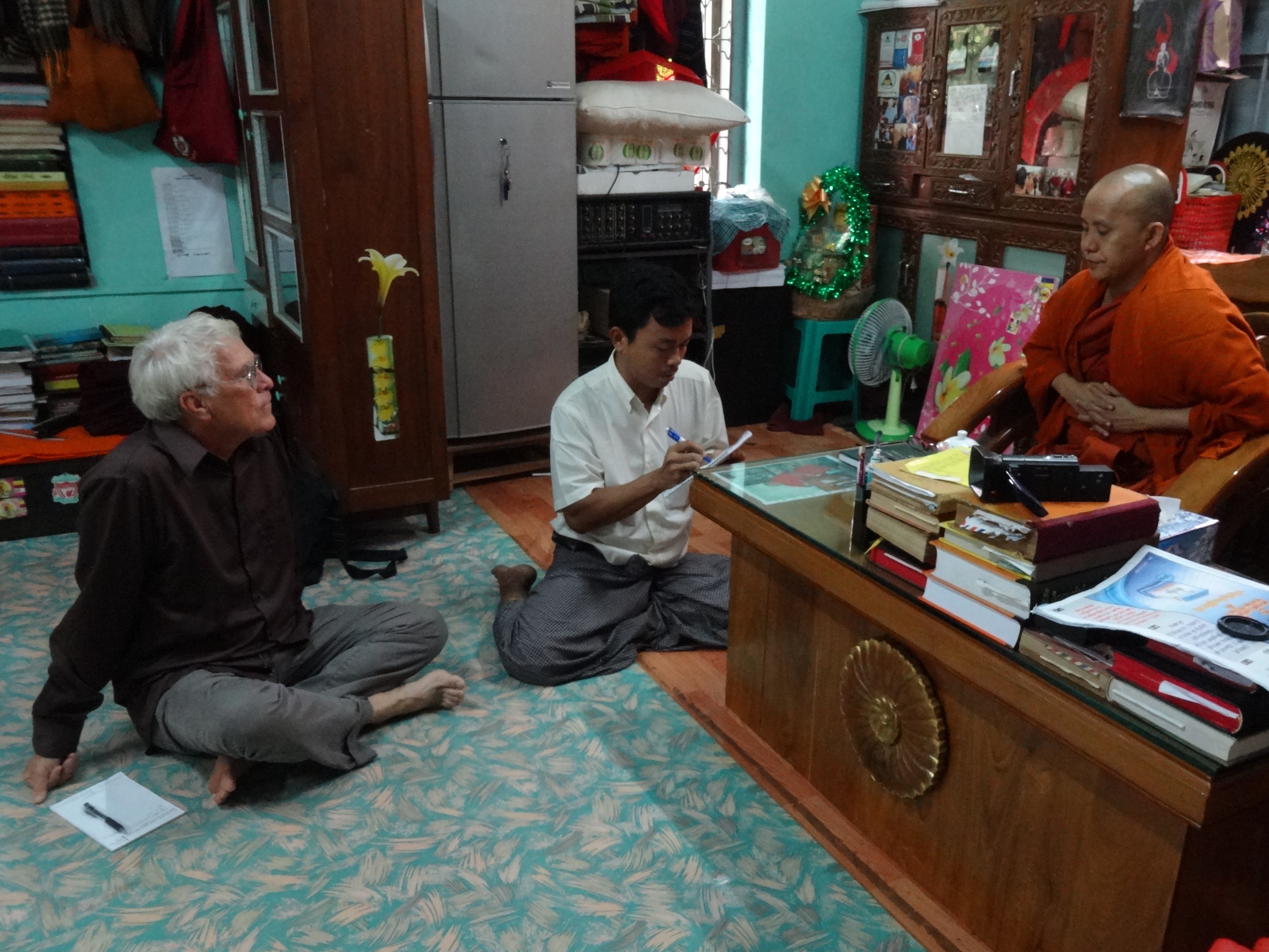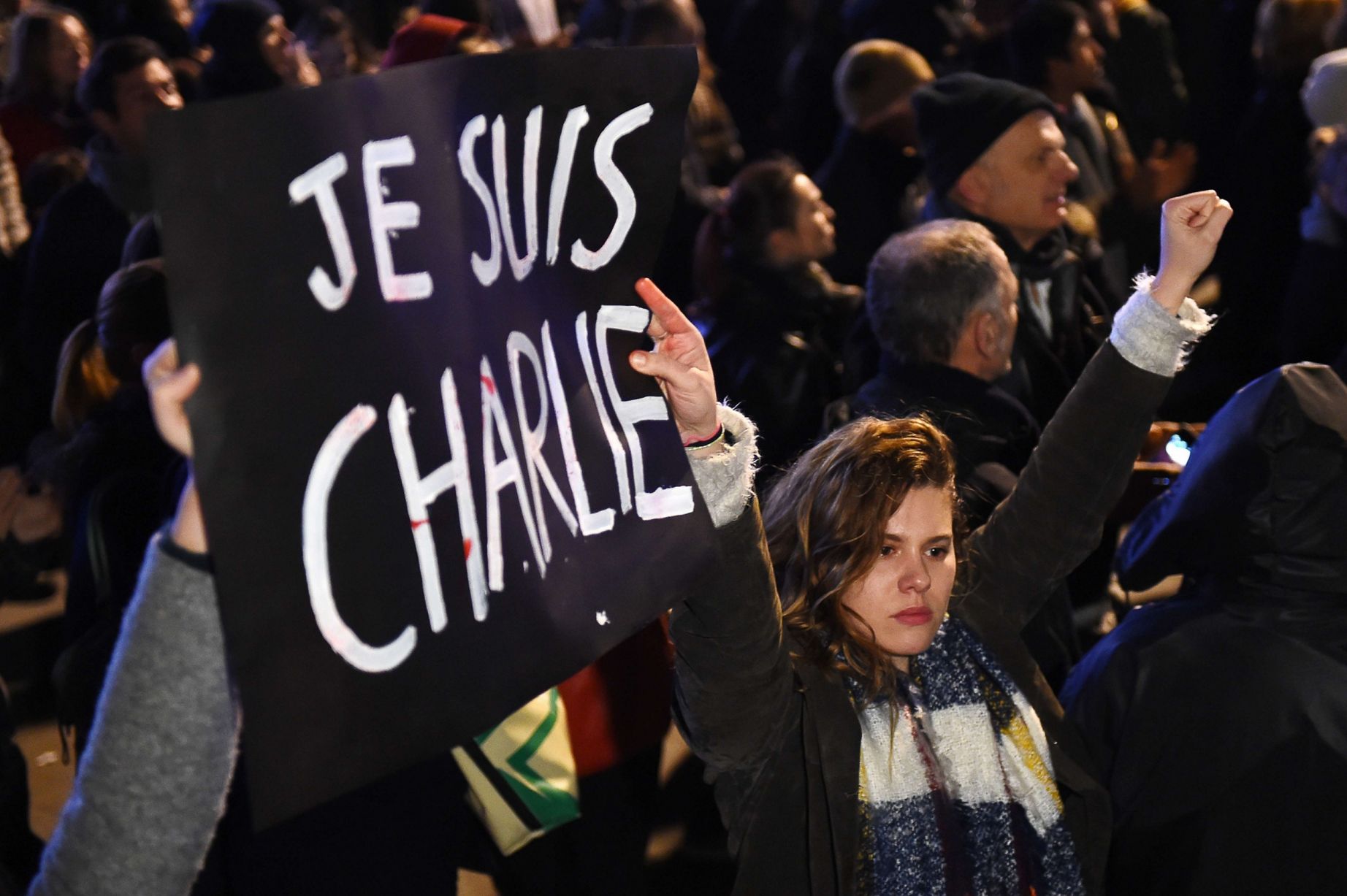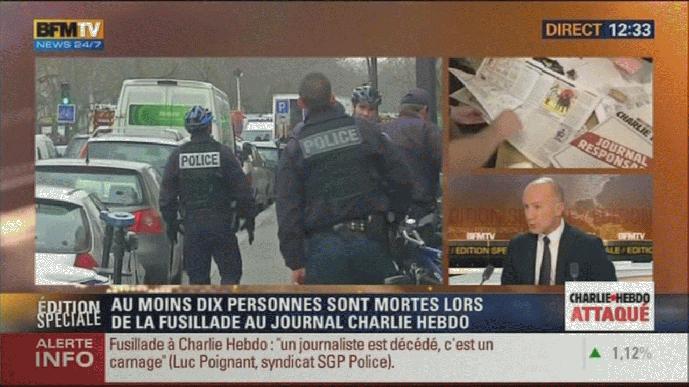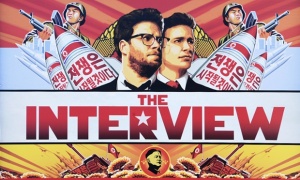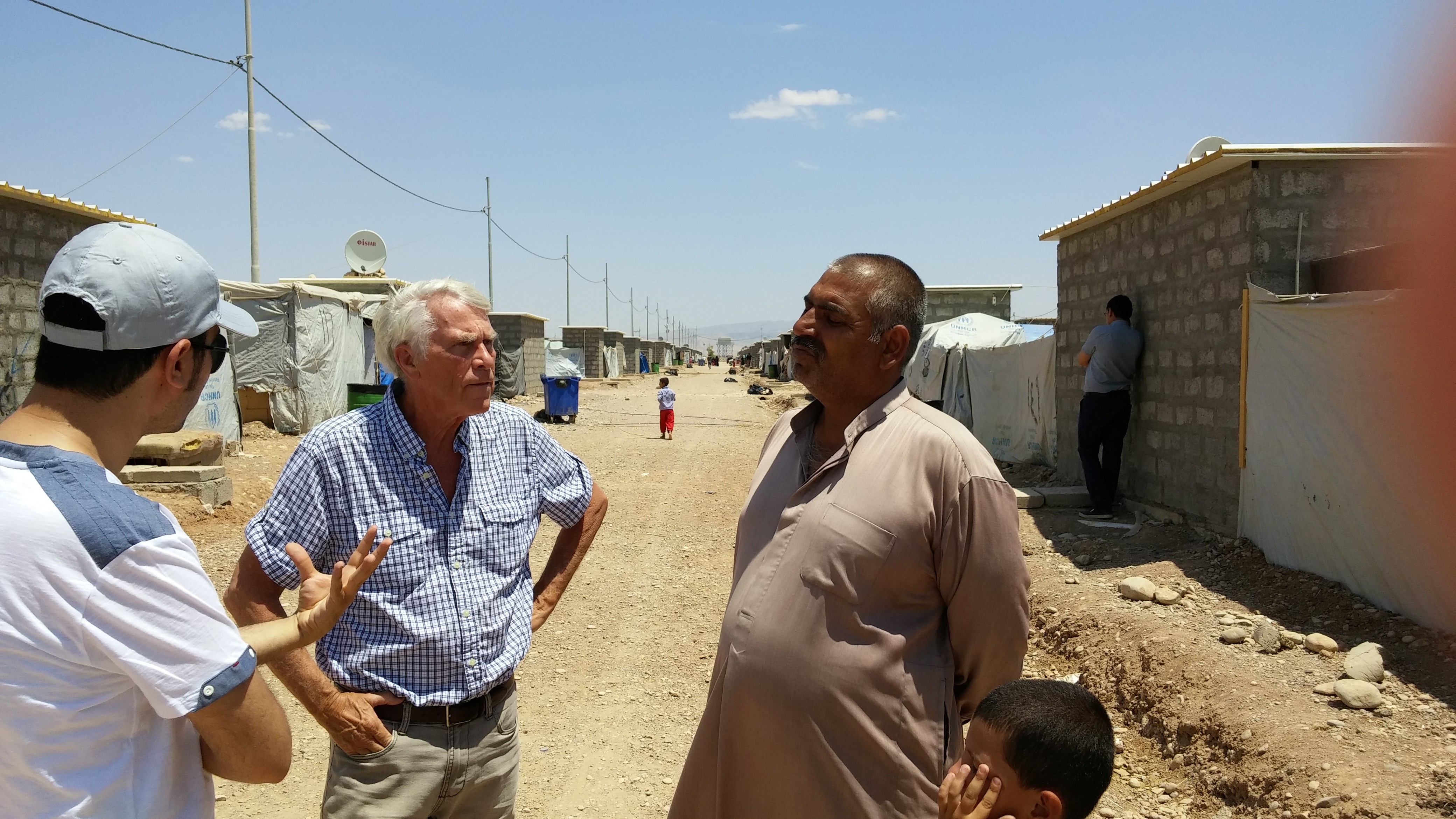
“They believe in some strange religion, not Islam,” a Muslim refugee from the Iraq city of Ramadi told me when I talked with him recently in a refugee camp near the Kurdistan capital of Erbil in Northern Iraq. ISIS territory was some 40 miles away, but he spoke as if the extremists could return at any moment.
“They reject our religion and say we are not sufficiently Muslim, but they kill the men and rape the women. What kind of Islam is that?”
Though his religious affiliation was Sunni Muslim and his ethnic identity was Arab–the kind of people that ISIS regards as its preferred community–he had been a policeman in Ramadi and knew that he would be targeted. His neighbors were frightened as well, having heard stories about the harsh rule of the ISIS commanders and the loss of freedom under their control. As soon as he heard fighting at the edge of town he and other families quickly climbed into their cars at two o’clock in the morning and escaped. Most of the rest of the city joined them, he said. Now they are waiting in the camp, hoping for ISIS to leave the town so they can return.
It was a story repeated by dozens of refugees that I met in camps and makeshift shelters in Kurdistan and southeastern Turkey. They seemed puzzled about who ISIS was and what it wanted.
Most of the refugees used the term “Daesh” for ISIS, based on an acronym for the Arabic name for the movement, al-Dawla al-Islamiya al-Iraq al-Sham (“the Islamic State of Iraq and the Levant [wider Syria]”–ISIL or ISIS). By coincidence, the term daesh also means something like the Arabic word for “bullies,” and for that reason ISIS leaders are annoyed by its usage. Probably also for that reason the term persists among those victimized by it.
“The Daesh leaders are foreigners,” a Kurdish man from a village near the Iraqi city of Mosul told me, saying he didn’t know where they came from, since he didn’t recognize their form of Arabic. The local members of the movement, he said, were poor people forced into it, though some seemed to be true believers.
An automobile dealer from a town west of Mosul recognized one of the ISIS fighters who captured him as a neighbor man to whom he had sold a car. The car dealer was from the Kurdish ethnic community; the man who bought his car was an Arab.
When the town was surrounded by ISIS, the militants forcibly divided the population into its Kurdish and Arab groups. One of the Arabs suggested that representatives from both groups wave a white flag and go to the ISIS leaders to negotiate their way out of the situation. That’s when the car dealer recognized his former customer among the ISIS fighters. The customer-turned-ISIS-fighter looked down and tried to avert the gaze from his former neighbor.
The negotiations soon broke down and the Arabs were told that they would not be harmed as long as they did nothing to impede ISIS’ authority and if some of the men would volunteer to fight on their side. The Kurds were not given any assurances, and fearing the worst most of them slipped away that night in the darkness to safety. They heard that those who stayed were divided into men and women’s groups. The men were killed and the women were taken into slavery.
I talked with another fellow, a Syrian Christian pharmacist, who had in fact stayed in his village in Syria after it had been taken over by ISIS forces. When he became a refugee he was able to stay in a slightly more comfortable Arab Christian camp than the one for Arab Muslims; it was set up in what had formerly been a playground next to a Catholic church in the Erbil suburb of Ankawa. The camp consisted of one-room campers instead of tents, supplied by the Christian charity, the Good Samaritans.
The pharmacist told us that the Syrian Army had assured them that they would be safe as ISIS approached. But then they suddenly disappeared, and ISIS had taken the town. At first, the ISIS militants told them they would not be harmed as long as they gave them all their money and their cell phones. In other villages, they heard, an agreement to convert to Islam and a payment of $7 per month would allow them to survive. But initially they were not given those options. Moreover, his wife was taunted for wearing a Western-style dress, as many Christian women do, so she could not venture outside. They also kept their daughters hidden, fearing they would be captured by ISIS and sold into sex slavery.
They waited until the middle of the night and then they and their neighbors made a break for freedom. They piled into the back of trucks and with the lights out drove madly through checkpoints and down the road towards Iraq and Kurdistan. The pharmacist showed me a video he had made with his cell phone, which did indeed look like a cattle surge of vehicles illumined by a few eerie lights. Now the news from his town is “very bad”—there is no water or electricity or food in stores. Christians are forced to make payments to be allowed to survive and have to pretend to be Muslims and go to the mosque, and ISIS militants roam around the streets and do whatever they want.
When I asked several of the refugees whether ISIS was motivated by religion or by power, they said “power,” but that they used religion as an excuse for their authority. One Kurdish man from the Syrian town of Dierzor said that he had evidence that the ISIS fighters weren’t really religious.
The Kurd told a story that he had heard about a Christian Syrian who was arrested by ISIS soldier at check point. The ISIS soldier asked the Christian to state his religion. “Muslim,” the Christian said, trying to save himself. The ISIS fighter then asked the Christian to prove it by reciting the Qur’an. The Christian mumbled some verses from the Bible, the only scripture he knew. “Good enough,” said the ISIS militant, unaware that the verses were not Qur’anic, and let him through unharmed.
When I asked the Kurd what kind of people supported ISIS in his Syrian home town of Dierzor, he said only a few did; they were mostly poor people who received money if they joined the movement as fighters. ISIS, he said, pays their soldiers 1000 dollars a month, whereas the Syrian opposition groups pay only $500. And ISIS does pay in US dollars, interestingly, perhaps from money it receives from illicit oil sales.
The Kurd said that all of his Kurdish neighbors in Dierzor were gone. They were told by ISIS they could stay but then killing began. Now they have either escaped and are refugees, or have been killed.
My hosts in Erbil found this fellow, the Syrian Kurd, encamped in a vacant lot, where they took me to meet him. Though most of the two million refugees in Kurdistan—a fourth of the population of the region—were in orderly refugee camps living in tent cities or in clusters of pre-fab modular rooms, some, like the Syrian Kurd, had taken refuge in empty lots or unfinished buildings in the city of Erbil. Since the rise of ISIS has brought Erbil’s economic boom to a halt and stalled its construction frenzy, there are plenty of abandoned buildings to serve as shelters.
In the case of the Syrian Kurd, he and his family along with three other families had created a tent city on an unused site at a street crossing. They poured concrete slabs and illegally tapped into an adjacent power line for electricity. They dug into the ground and connected to the city’s water supply to have drinking water and dug a pit for a latrine. With television and a refrigerator, they managed to create a viable living space.
The residents of Erbil were remarkably tolerant—sympathetic, really—to the situation of such impromptu refugee camps, and the refugees in vacant lots received hand-outs and help from the neighbors. The government of Kurdistan, however, is trying to encourage all refugees to live in camps, and are rapidly building more to house them. But new refugees continue to pour in.
Many of the approved camps consisted of rows of modular houses, or tent roofs over one-room buildings with cinderblock walls. Many had water, electricity and toilets in each unit, with solar-powered satellite dishes for TV. In other cases, each family had only a tent and shared rows of common toilets with hundreds of other families. The canvas roofs bore the insignia of the United Nations, though private relief organizations, including many from Kurdistan itself, were donors as well. Though most refugees came when ISIS overran the region two years ago, some were war-weary Syrians who had been nomads for years. A few were new arrivals.
One of the newest refugees I talked with was the young Sunni Arab man and his family who had just arrived from the town of Ramadi, west of Baghdad, that fell to ISIS forces in May, 2015. He said that he and 90% of the population left on one side of the town as ISIS entered the other. There had been heavy fighting, he said, and his own nine-month daughter had been killed in the fighting. And then the Iraqi Army just gave up and left. The townspeople panicked. They drove their cars into the desert, and then towards Baghdad, but were turned away at the edge of the city because they were Sunni and Baghdad was controlled by Shi’a militia. For that reason they came back to the desert, and a few, such his family and himself, were able to fly to Erbil to stay in safer refugee camps.
The Ramadi man had heard reports that ISIS had set up a check point at the entrance to the town next to an open pit that served as a mass grave. When people tried to enter the city, the ISIS guards checked their computers to see if their names were on lists that would allow them to pass through, and if not they shot them on the spot and tossed their bodies into the open grave.
In Southeastern Turkey there are additional refugee camps for Kurds, including those Kurds who worship the ancient Yazidi religion. I went to the Kurdish city of Diyarbakir to visit a Yazidi camp where some 3500 were living in tents in what had been a municipal park.
I had to get special permission as a writer from government authorities to enter any refugee camp in Kurdistan or Turkey, though in this case I also had to gain the approval of local leaders who ran the camp. One of them joined in the conversations and urged the Yazidi refugees to tell me what had happened to them. Their stories were particularly harrowing.
A middle-aged Yazidi woman from the town of Sinjar told me her story about how they waited too long to make their escape. She said that initially the Kurdish troops, the peshmurga, assured them that they would be safe, and not to worry. When they heard that a nearby city, Tel Afar, had fallen to ISIS, they still stayed. The peshmurga troops, however, were overrun, and ISIS took control.
She knew that the Yazidi people would be targeted by ISIS since they were not Muslim. She had heard that they were killing Christians for not being Muslim, and Sunni Muslim Kurds for not being Arabs, so she knew that her people would be doubly damned since their religion was Yazidi and their ethnic community was Kurdish. The woman said that she and other Yazidis rushed through the main street and many of the men were killed, including her husband and his brothers, but she and her children kept going to safety. They fled to the Sinjar mountains along with thousands of other Yazidi refugees. After ten days the Kurdish militant movement, the PKK, opened a corridor of safety for them to escape.
She has heard reports that teenage girls were taken by ISIS to warehouses where they were auctioned off to old men who bought them as sex slaves. Some were bought for no more than a thousand Iraqi dinars, which amounts to less than a US dollar.
I asked her and several of the other refugees in her camp and in Erbil whether they thought that ISIS would stay in power long. Yes, they sadly affirmed, since “they were evil,” as one of them put it. They they knew how to intimidate people through killing. At the same time they knew there was little future for them as refugees in Kurdistan or Turkey. They had no option but to hope that they could return to their villages and towns. “All we have left is hope,” one of the men said.
[My thanks to those who helped with arrangements and translation while I was in Kurdistan, Iraq, and Southeast Turkey, including Ibrahim Barlas of the Pacifica Institute; Ibrahim Anli of the Journalists and Writers Foundation in Istanbul; Ardalan Jalal of Erbil’s Dialogue Middle East; and Hasan Yilmaz of the Diyarbakir Entrepreneurs and Businesspeople’s Association.]

The woman in the center is from the Yazidi religious community in Sinjar Iraq whose husband was killed by ISIS. The interview was in a refugee camp in Diyarbakir, Southeastern Turkey on July 28, 2015.


